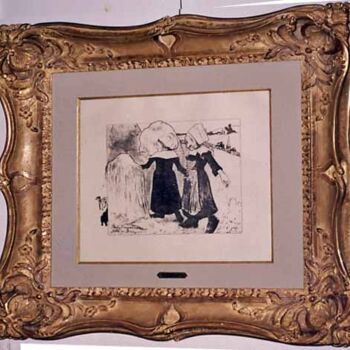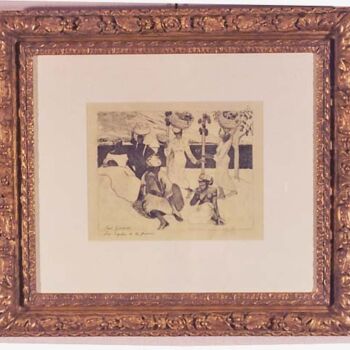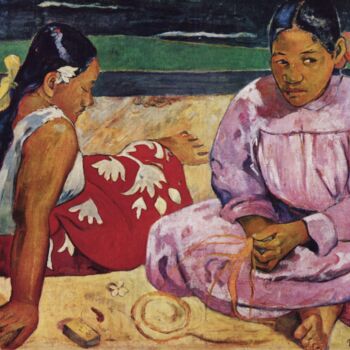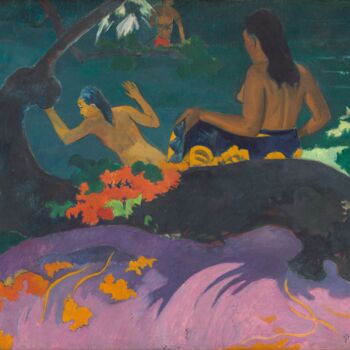Woman holding a fruit, oil painting, copy Paul Gauguin (1968) Painting by Paul Gauguin
More info
- Packaging (Box or cardboard packaging) All artworks are shipped with a premium carrier, carefully protected and insured.
- Tracking Order tracking until the parcel is delivered to the buyer. A tracking number will be provided so that you can follow the parcel in real-time.
- Delay Most packages are delivered worldwide within 1 to 3 weeks (Estimate)
- Customs not included The price does not include customs fees. Most countries have no import tax for original artworks, but you may have to pay the reduced VAT. Customs fees (if any) are to be calculated on arrival by the customs office and will be billed separately by the carrier.
More info
- Trackable Online Certificate of Authenticity Authenticity Certificates can be verified online at any moment by scanning the artwork code.
- Artist Value Certification Experts study the work and career of an artist then establish an independent and reliable average price value. The average price value situates the artist on a price range for a given period. The experts may also be asked to establish a more precise estimate for a particular work.
More info
100% secure payment with SSL certificate + 3D Secure.
More info
-
Original Artwork (One Of A Kind)
Painting,
Oil
on Canvas
-
Dimensions
20.9x16.9 in
Dimensions of the work alone, without framing: Height 19.3in, Width 15.4in - Artwork's condition The artwork is in perfect condition
- Framing This artwork is framed
- Categories Paintings under $20,000 Impressionism
—
Dimensions: 51 x 41 cm (20" x 16")
Condition: excellent.
FREE shipping worldwide.
Certificate of Authenticity (COA) from the gallery.
—
HISTORY OF THE COPY
The Stuttgart State Museum had only one, early, original version of the painting - The Woman Holding the Fetus (which was not very popular). While The State Hermitage Museum (Saint Petersburg, Russia) had a later version of this painting which looked much better. Therefore The Stuttgart State Museum commissioned a copy of later version of this story from the State Hermitage Museum.
Artists-restorers of the State Hermitage painted a free copy of the painting by Paul GAUGUIN, repeating the technique of creation (oil on canvas), with good accuracy of subject and colour scheme. The copy is 51 x 41 cm, while the original is much bigger - 92,5 x 73,5 cm (36,2'' x 28,7'').
Historically, this copy-painting has spent most of its life in a private collection in Ukraine. That is how the presented on this auction copy of "The Woman Holding the Fetus" came into being (signed on the back - June 1968, Kulikovskaya).
—
HISTORY OF THE ORIGINAL PAINTING
One of Paul Gaugen's most recognisable paintings, The Woman Holding the Fetus, is also known by title "Eu haere ia oe?" ("Where are you going?"), written in 1893, during his first visit to Tahiti.
Paul Gauguin (Paul Gauguin; 1848-1903) linked his own art to the distant island of Tahiti. He found his ideal of beauty in the image of a young Tahitian with broad shoulders, a strong torso and a peculiar facial contours with prominent plump lips, wide wings of the nose and striking almond-shaped eyes. To convey a peculiar world where man and nature live in harmony, Gauguin departed from many of the traditions of European painting. He rejected aerial perspective, light and shade modelling. Decorativeness and monumentalism are the main characteristics of his artistic manner.
In Gauguin's works, the observation of real life and everyday life of the peoples of Oceania is gradually intertwined with local myths. The Tahitian woman holding a mango fruit is painted in a beautiful, sophisticated golden brown tone. Gauguin's first Tahitian wife, Tehoura, may have served as the model. The landscape, like the figure, is interpreted in a very generalised way in the painting. Patches of gold, red, pink and green make the canvas look like a decorative colourful carpet.
Related themes
High CopyAuthor's RepetitionPaul GauguinExpensive PaintingInterior Painting
Paul Gauguin was a French Post-Impressionist artist who lived in the 19th and early 20th centuries. He is well-known for his distinctive and influential style of painting, which combined elements of Impressionism with a more abstract and symbolic approach to art. Gauguin was born on June 7, 1848, in Paris, France, and he died on May 8, 1903, in the Marquesas Islands in French Polynesia.
Paul Gauguin led a life marked by a sense of restlessness and a search for artistic and personal fulfillment. He began his career as a stockbroker in Paris, but his passion for art led him to leave his job and pursue painting full time. He associated with many prominent artists of his time, including Vincent van Gogh, with whom he developed a close but tumultuous friendship. Their interactions and artistic exchanges during their time in Arles, France, are the subject of much art historical interest.
Gauguin's artistic style evolved over the years. He started as an Impressionist, painting scenes of everyday life and landscapes in the same vein as many of his contemporaries. However, he soon became dissatisfied with the limitations of Impressionism and began experimenting with more innovative and personal approaches to art. This led him to Post-Impressionism, where he developed his distinctive style characterized by the use of bold colors and simplified forms.
Gauguin's work is characterized by vivid colors, bold outlines, and a focus on subjects that often had a strong connection to the exotic and the primitive. He was a key figure in the Symbolist art movement, and his work is known for its exploration of emotional and spiritual themes.
In 1888, Gauguin made a significant move to Tahiti, which marked a turning point in his career. His time in the South Pacific profoundly influenced his work, inspiring him to create some of his most famous paintings, which often featured Tahitian people, landscapes, and cultural elements. His depictions of Tahiti are known for their exoticism and a sense of the "noble savage" that fascinated many European artists of the time.
Gauguin's works often convey a sense of mystery and symbolism. He was interested in exploring themes of spirituality and the human condition. His use of color and form went beyond mere representation and aimed to evoke emotions and deeper meaning. He frequently used symbolism and allegory in his paintings, such as his use of Christian and pagan symbols.
One of his most famous paintings is "Tahitian Women on the Beach" (also known as "The Beach at Papeete"), which reflects his fascination with the South Pacific and the people and landscapes he encountered there during his travels. Gauguin's art was deeply influenced by his experiences in Tahiti and the Marquesas Islands, where he sought an escape from Western civilization and its conventions.
Despite his artistic innovations, Gauguin faced significant personal and financial difficulties throughout his life. His art was not widely appreciated during his lifetime, and he struggled with poverty and health issues. He spent his final years in the Marquesas Islands, where he continued to paint until his death in 1903.
Today, Paul Gauguin is considered a pioneering artist who contributed to the development of modern art. His unique style and exploration of non-Western cultures have left a lasting legacy, and his works are highly regarded in the art world. Gauguin's ability to convey deep emotions and ideas through his art has made him a celebrated figure in the history of painting.
-
Nationality:
FRANCE

- Date of birth : 1848
- Artistic domains: Works by professional artists, Represented by a Gallery,
- Groups: Professional Artist Contemporary French Artists Artists presented by a gallery

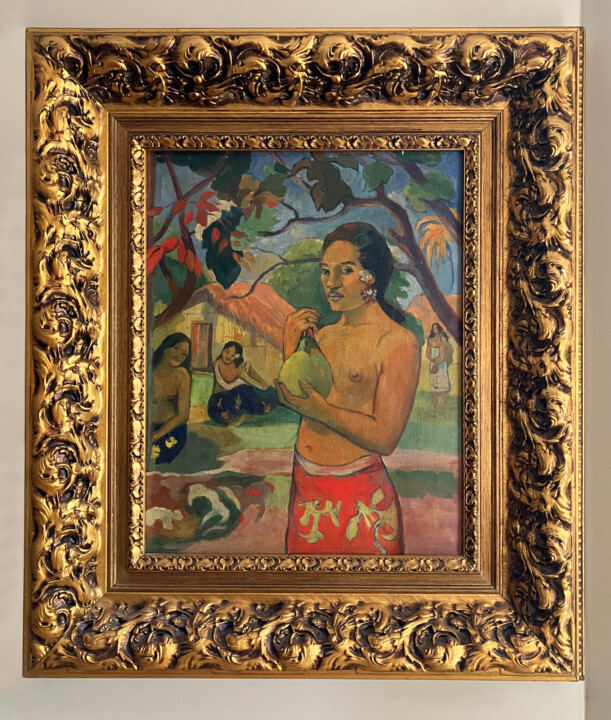
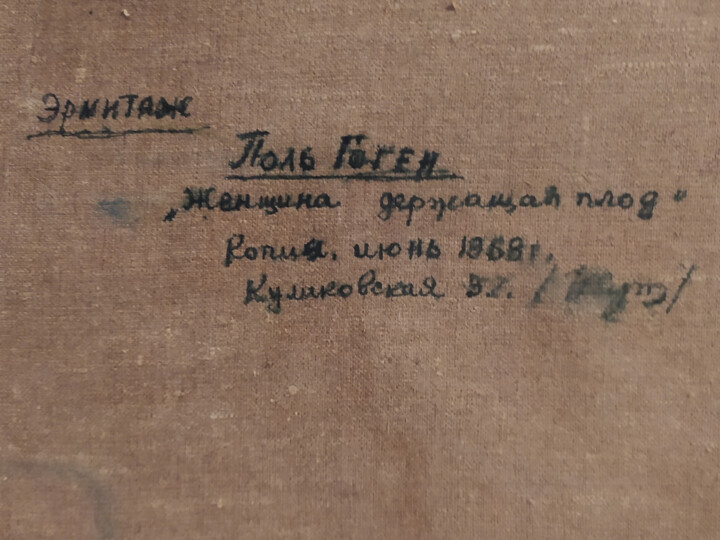
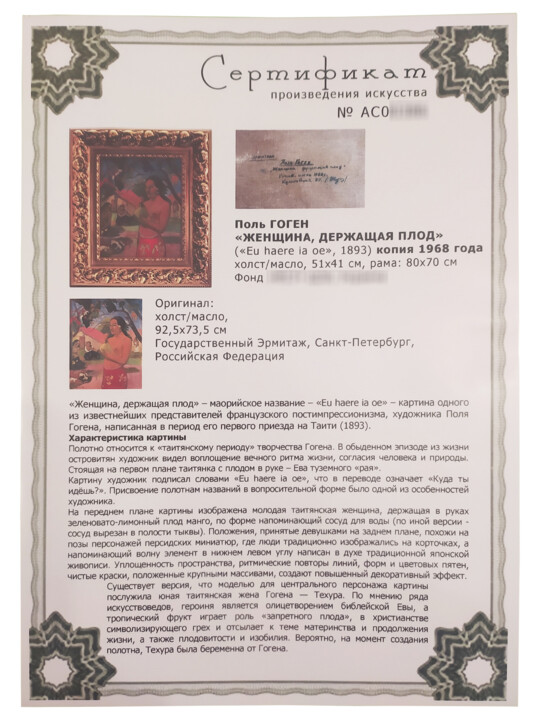







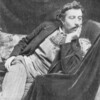
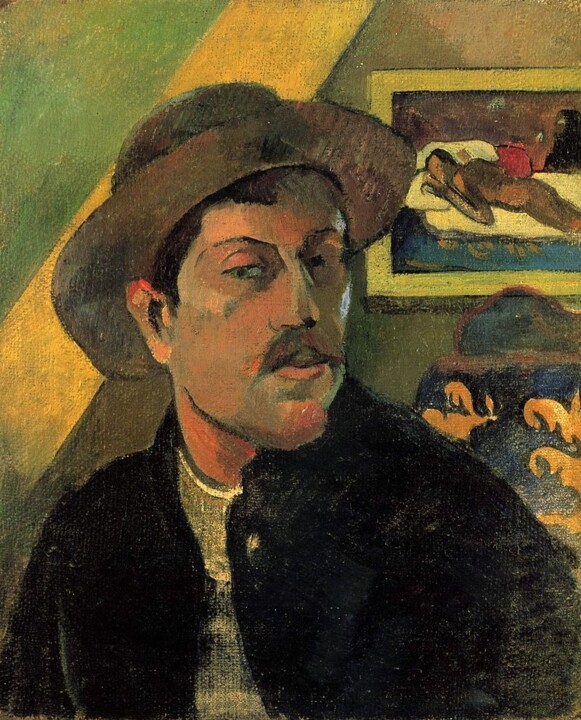 Paul Gauguin
Paul Gauguin
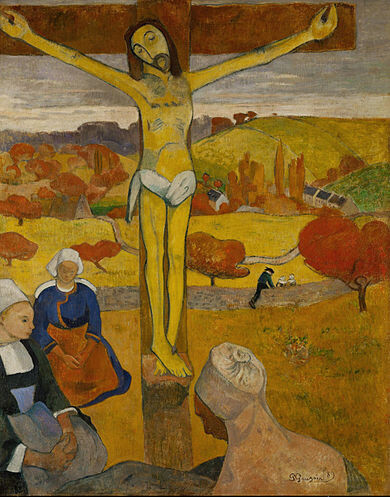 The Yellow Christ (1889) by Paul Gauguin
The Yellow Christ (1889) by Paul Gauguin
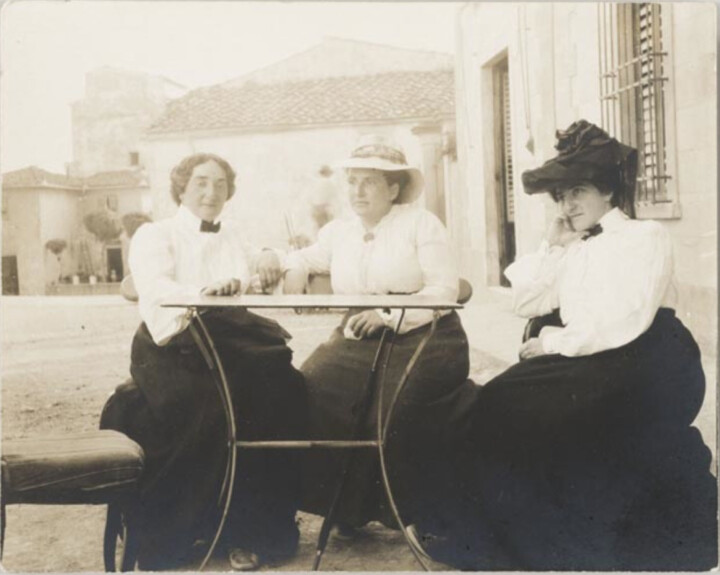 Visionaries of Modern Art: The Remarkable Legacy of the Cone Sisters
Visionaries of Modern Art: The Remarkable Legacy of the Cone Sisters
